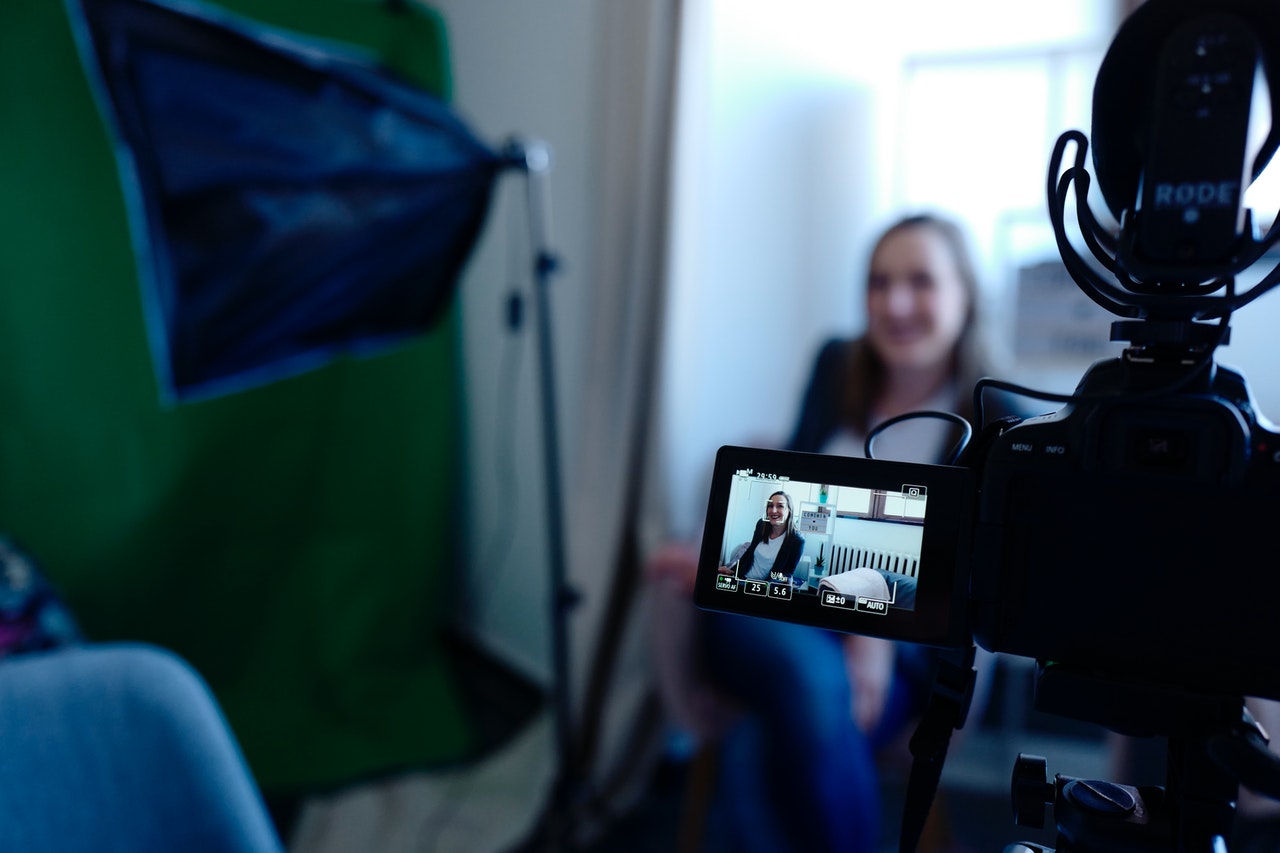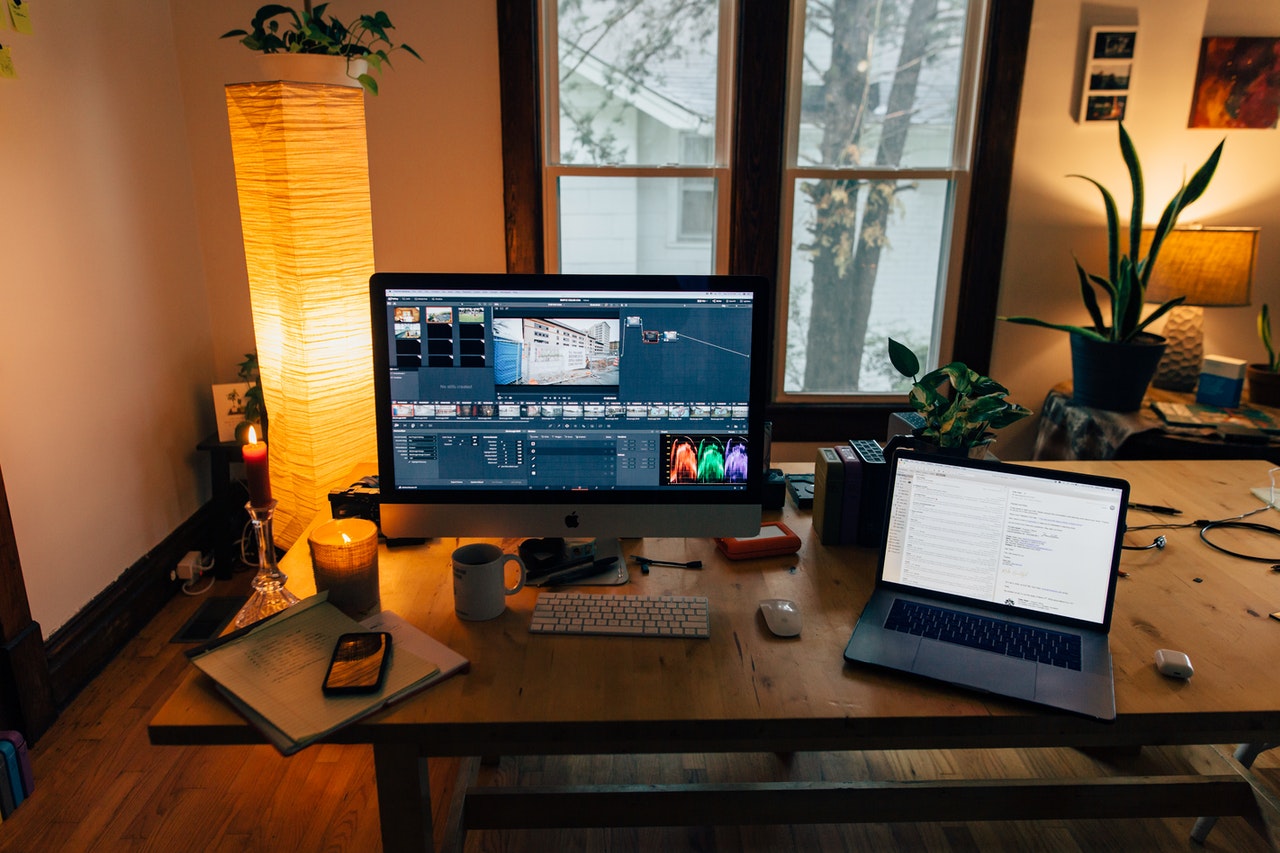Capture Arena
The #1 Photography Blog On Internet
Capture Arena creates the Most-Exciting Content for Photographers.
Capture Arena creates the Most-Exciting Content for Photographers.
Subscribe Our YouTube Channel For Exclusive Photography Tutorials

Want to Find the Right Photography Equipment?
This section will share Buying Guides, Reviews, and In-Hand Experience of Different Photography Equipments.
Want to know What Camera Your Favorite Influencer Use?
This section will share the Video Setup of Popular YouTubers, Streamers, and Social Media Influencers.


Want to Learn Photo & Video Editing?
This section will share the step-by-step tutorials to various Photo & Video Editing Tools.
Brands
Canon Cameras
Panasonic Cameras
Capture Arena
Capture Arena is a photography gear review blog providing in-depth reviews, helpful tutorials, and valuable resources on the latest and greatest photography equipment.
Stay informed and improve your photography skills.
Copyright © 2024 Capture Arena
